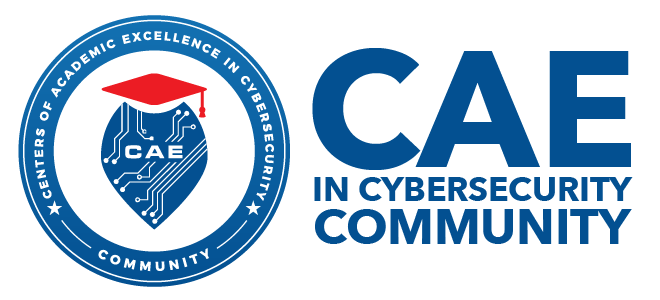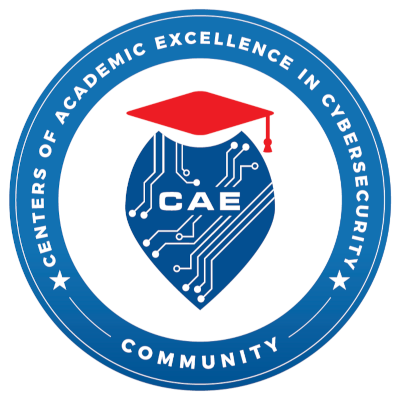Funded by the NCAE-C Cybersecurity Education Diversity Initiative (CEDI), our presentation describes a two-year collaboration between a large urban Colorado HSI and a small rural Colorado HSI. The cybersecurity program at Colorado’s newest CAE designated university, MSU Denver, is growing rapidly with a new Cyber Range. In addition, MSU Denver also offers BS and MS degrees in CYB and is quickly becoming an established cybersecurity program with the Mountain West region. The satellite institution of Trinidad State College is in a very remote part of Colorado, Alamosa Valley and is just now establishing a brand-new cybersecurity program, spearheaded by Serena “Sully” Sullivan. Unlike Denver, Alamosa Valley is sparsely populated. The CEDI HSI collaborative between these two schools is an excellent example of how 4YR universities can work shoulder to shoulder with 2YR colleges throughout the KU-CLO mapping process.
By teaming up Colorado’s preeminent CAE mentor, Joe Murdock (University of Colorado-Denver), Nikolaus “Klaus” Streicher (MSU Denver’s Senior Cyber Range Instructor), and Serena “Sully” Sullivan (Director of Technology at Trinidad State College), Drs. London and Beaty were able to demonstrate the efficacy of simultaneously employing three different perspectives (i.e., student experience, instructor experience, and mentor experience) or three different levels of analysis to successfully negotiate and align KUs to TSC-Alamosa Valley CLOs. Drs. London and Beaty conclude that developing a new cybersecurity college curriculum should not take place in isolation. While a cybersecurity instructor often establishes a new cybersecurity program with a CAE mentor, Drs. London and Beaty recommend that adding an experienced cyber undergraduate student to the team can result in “added value” to the KU-CLO mapping process.
The undergraduate cybersecurity student has a valuable experiential knowledge base (as a learner) that informs the mapping process from the inside out. Students can often help instructors and mentors by adding a “third” perspective to the alignment process. As an important aside, the TSC CLO’s (used for alignment) were provided by Ms. Serena Sullivan. During the alignment process, an effort was made to reduce the total number of courses used to align with KUs. The intention is to mindfully create advantageous outcomes to be shared with other CEDI partner institutions. In doing so, the intention is to streamline the CAE application process for other participating CEDI institutions. As an additional note, the Colorado Community College System (CCCS) utilizes a shared “statewide” course numbering system (CNS). Due to the statewide shared CNS for all courses within Colorado’s publicly funded community college system, specific TSC CLOs used for this alignment will also work for the entire Colorado Community College System. In other words, the alignment of TSC CLOs holds promise for scaling up to statewide alignment with nationally recognized KUs.

